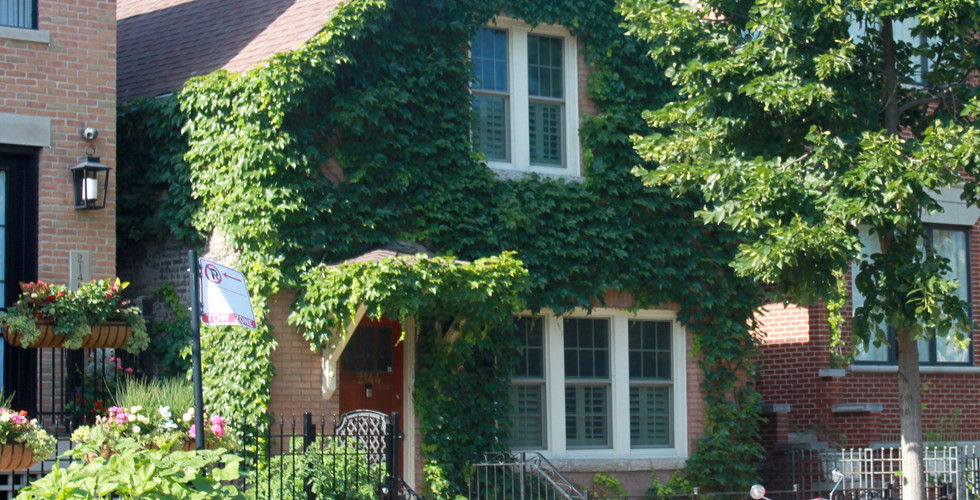Ivy Covered Homes: Dream or Disaster?
- Mia Hable
- Jul 12, 2017
- 3 min read
What is more charming than a home covered in ivy? All that verdant green foliage conjures up romantic images of castles and cottages. Curb appeal is important as the exterior of your property gives the first impression to potential buyers. While it is certainly charming and adds a romantic touch, it may be just the thing that makes a potential buyer walk away.
So what does a house covered in ivy really say about your home? Ivy requires a lot of maintenance; it needs to be trimmed a few times a year. Ivy has a proclivity to work its way into any openings, you need to make sure that it is trimmed back from windows and gutters so that it does not cause structural problems. Ivy has a reputation of causing destruction to homes by breaking down mortar, pulling away stucco and siding and in general being a nuisance by proving an area for the local wildlife to nest or providing squirrels access to the roof.
The best way to determine if your home’s ivy is hampering its sale is to determine the type of ivy that covers your home and the state of your outside structure. There are many different types of ivy, but the most common ones used on homes are Boston ivy, English ivy, Fig ivy and Virginia creeper. English and Fig ivy are more invasive having tough clinging roots, while Boston ivy and Virginia creeper are less damaging. Knowing the type of ivy on your home can alleviate some of the guesswork for potential buyers. A well-prepared buyer will know the difference between the more invasive ivy and the less damaging kind, and if they don’t know they should ask, so be prepared with an answer. You should also note the outside material of your home. Depending on the building material used your ivy covered home might just make it or it could potentially rip the siding right off your home.
Do you have a brick or stone structure that is in good shape? If so, it is possible to have a safe vine covered home. The masonry needs to be in good condition for this to work. If there are any cracks the roots will work their way in and crumble the mortar and create larger cracks. If you have wood siding ivy will trap moisture against the wood causing decay. And if you have stucco, while normally a sturdy building material the ivy can become so heavy that it pulls it right off your home. Very few people want to invest in a home that will then need $40,000 in repairs to the structure caused by an invasive plant. So unless your home is a new build with solid stone or brick walls, remove the ivy and let the architecture of your house be seen.
Removing ivy is a tough job as the tendrils like to stick to the surface of your home and there is no spray that will remove it. This is a job that takes a lot of elbow grease and a bit of care. Don’t just tear off the ivy; carefully cut it back and pull gently. No need to make a bad situation worse by rough handling and pulling off chunks of your siding or brick. Once your home is ivy free you may want to scrub down the hairy tendrils or if you have a brick home burn them with a propane torch. This final cleaning will be well worth it and allow your home to be seen clearly for the architectural delight it no doubt is.
If you love the look of ivy consider using a metal grid or trellis placed 6 inches away from the house so that the structural integrity of your home is not up for debate. Or if you want the look but concede your home will sell better with out ivy climbing your walls try using vines to cover a garden fence. You will still have the romantic feeling without concerns from potential buyers and inspectors about climbing vines compromising the structure of your home.











Comments